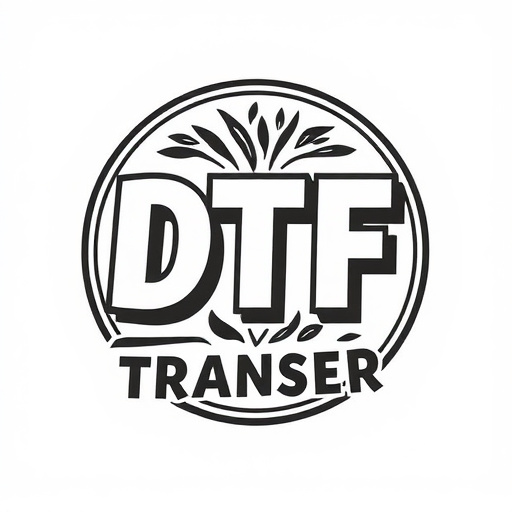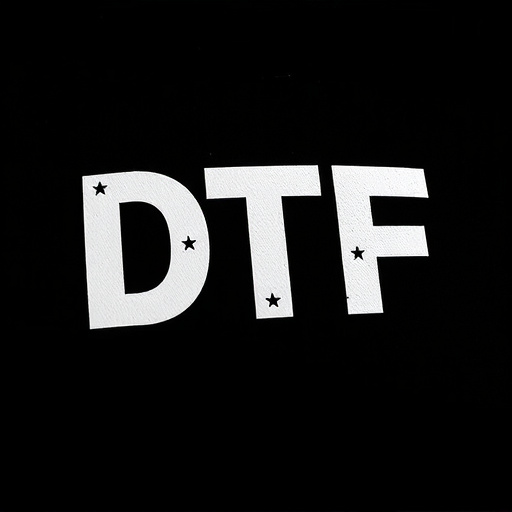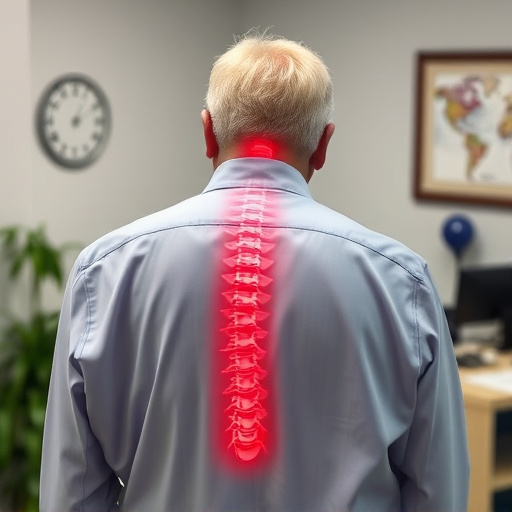Direct-to-Film (DTF) transfers offer cutting-edge printing technology for high-quality prints on various surfaces. This method bypasses intermediate steps, ensuring vibrant, durable results tailored to signmaking, packaging, and promotion. Quality assurance involves rigorous testing for visual accuracy, structural integrity, and environmental durability. Success depends on selecting optimal film stock, preparing source material, understanding intended use, and setting up a dedicated testing environment with calibrated equipment. Evaluating DTF prints combines objective metrics like resolution and color accuracy with subjective assessments under high magnification. Meticulous documentation through high-resolution imaging and software analysis ensures consistent, high-quality DTF printing outcomes.
In the realm of film preservation, Direct-to-Film (DTF) transfers emerge as a cutting-edge technology for ensuring cinematic integrity. This article delves into the critical process of testing and evaluating DTF prints for quality assurance. From understanding the fundamentals of DTF transfers to setting up an optimized testing environment, each step plays a pivotal role in preserving the visual splendor of films. We explore essential factors, evaluation metrics, best practices for documentation, and more, empowering professionals to navigate the intricacies of DTF printing effectively.
- Understanding Direct-to-Film (DTF) Transfers: A Brief Overview
- The Purpose of Testing DTF Transfers for Quality Assurance
- Essential Factors to Consider Before Conducting DTF Transfer Trials
- Setting Up an Effective DTF Transfer Testing Environment
- Evaluating DTF Prints: Metrics and Techniques for Quality Assessment
- Best Practices for Documenting and Analyzing DTF Transfer Results
Understanding Direct-to-Film (DTF) Transfers: A Brief Overview

Direct-to-Film (DTF) Transfers are a cutting-edge printing technology that offers an innovative way to create high-quality prints directly on various surfaces, including film and other media. This process eliminates the need for intermediate steps, such as printing to paper or vinyl, by using specialized equipment to expose and develop the desired image onto the final medium in a single pass. DTF Printing has gained significant traction in the signmaking, packaging, and promotional industries due to its ability to produce vibrant, durable, and precise prints.
The process begins with a digital design that is prepared for printing. This design is then transferred to a film or other suitable substrate through a series of precise light exposure and development steps. DTF Transfers allow for remarkable detail retention, exceptional color accuracy, and a wide range of media compatibility. Moreover, the direct application method ensures that prints are not just visually appealing but also offer enhanced durability, making them ideal for both indoor and outdoor use. This technology has revolutionized printing by providing a fast, efficient, and cost-effective solution for creating custom DTF Prints tailored to specific requirements.
The Purpose of Testing DTF Transfers for Quality Assurance

The purpose of testing Direct-to-Film (DTF) transfers for quality assurance is multifaceted. Firstly, it ensures that the DTF prints accurately reproduce the original content’s visual elements and colors, maintaining the intended aesthetic. Secondly, it verifies the structural integrity of the film, checking for any defects or inconsistencies that could impact viewing experience. Testing also plays a crucial role in gauging the durability of DTF transfers, ensuring they withstand handling and environmental conditions without significant degradation over time. By subjecting these transfers to rigorous quality checks, content creators and preservationists can have confidence in the reliability and longevity of their direct-to-film prints.
Moreover, quality assurance tests help identify and rectify issues early in the production process, preventing widespread problems later. This proactive approach not only saves time and resources but also enhances the overall quality of DTF prints. Ultimately, these measures contribute to preserving the visual integrity of films for future generations, ensuring that viewers can enjoy them as intended by their creators.
Essential Factors to Consider Before Conducting DTF Transfer Trials

Before conducting direct-to-film (DTF) transfer trials for quality assessment, several essential factors must be considered to ensure accurate and reliable results. Firstly, the choice of film stock is critical; different films have unique properties that can affect image quality, color accuracy, and longevity. Researching and selecting a high-quality film suitable for DTF printing is paramount. Additionally, the preparation of the original source material is key; ensuring prints or negatives are clean, well-preserved, and free from damage will yield better results during the transfer process.
Another crucial aspect involves understanding the intended use of the final DTF prints. Factors like resolution requirements, color fidelity needs, and desired print size should guide your decision-making process. Furthermore, consider the available equipment and expertise; not all facilities or professionals may have access to state-of-the-art DTF printers or skilled technicians, so assessing these resources is essential for successful trials.
Setting Up an Effective DTF Transfer Testing Environment

Setting up an optimal environment for Direct-to-Film (DTF) transfer testing is paramount to ensure accurate quality assessment. The workspace should be well-lit, free from dust and debris, and equipped with a stable, flat surface suitable for handling film and print materials. Invest in high-quality DTF printers and associated supplies, such as precise cutting tools and a variety of films to simulate different printing conditions. Calibrated color monitors are essential for accurate visual inspection, along with specialized software that allows for detailed analysis of DTF prints.
Additionally, establish a standardized testing protocol. This includes defining key quality metrics like resolution, color accuracy, and image sharpness. Create test patterns or use industry-standard charts to objectively evaluate each print. Regularly maintain and clean your equipment to prevent any interference that might affect results. By optimizing these aspects of your DTF transfer testing environment, you’ll be better equipped to make informed decisions about the quality of direct-to-film transfers.
Evaluating DTF Prints: Metrics and Techniques for Quality Assessment

Evaluating DTF prints involves a meticulous process that combines both objective and subjective metrics. Key aspects include DTF transfer quality, assessed by examining ink distribution, color accuracy, and edge definition across the print. Visual inspection under high magnification is crucial to identify any defects like smudges, gaps, or uneven ink deposition.
Quantitative techniques, such as spectral measurement and colorimetry, are employed for precise color comparison against original sources. Additionally, DTF printing performance can be evaluated through measurements like print resolution, contrast ratio, and dynamic range. These metrics provide an objective benchmark for comparing different DTF transfer methods and identifying optimal settings to ensure high-quality DTF prints.
Best Practices for Documenting and Analyzing DTF Transfer Results

When assessing direct-to-film (DTF) transfer quality, meticulous documentation and analysis are paramount. Begin by capturing high-resolution images of both the original film and the printed DTF prints under uniform lighting conditions. These visual records provide a baseline for comparison, allowing you to objectively evaluate color accuracy, detail retention, and any artifacts or imperfections.
Complementing visual inspection, quantitative analysis using specialized software can offer deeper insights. This involves measuring key metrics like color deviation, contrast ratios, and print density to ensure DTF prints meet established quality standards. By combining qualitative and quantitative methods, you gain a comprehensive understanding of the DTF transfer process, enabling informed decisions for optimization and ensuring consistent, high-quality DTF prints.














